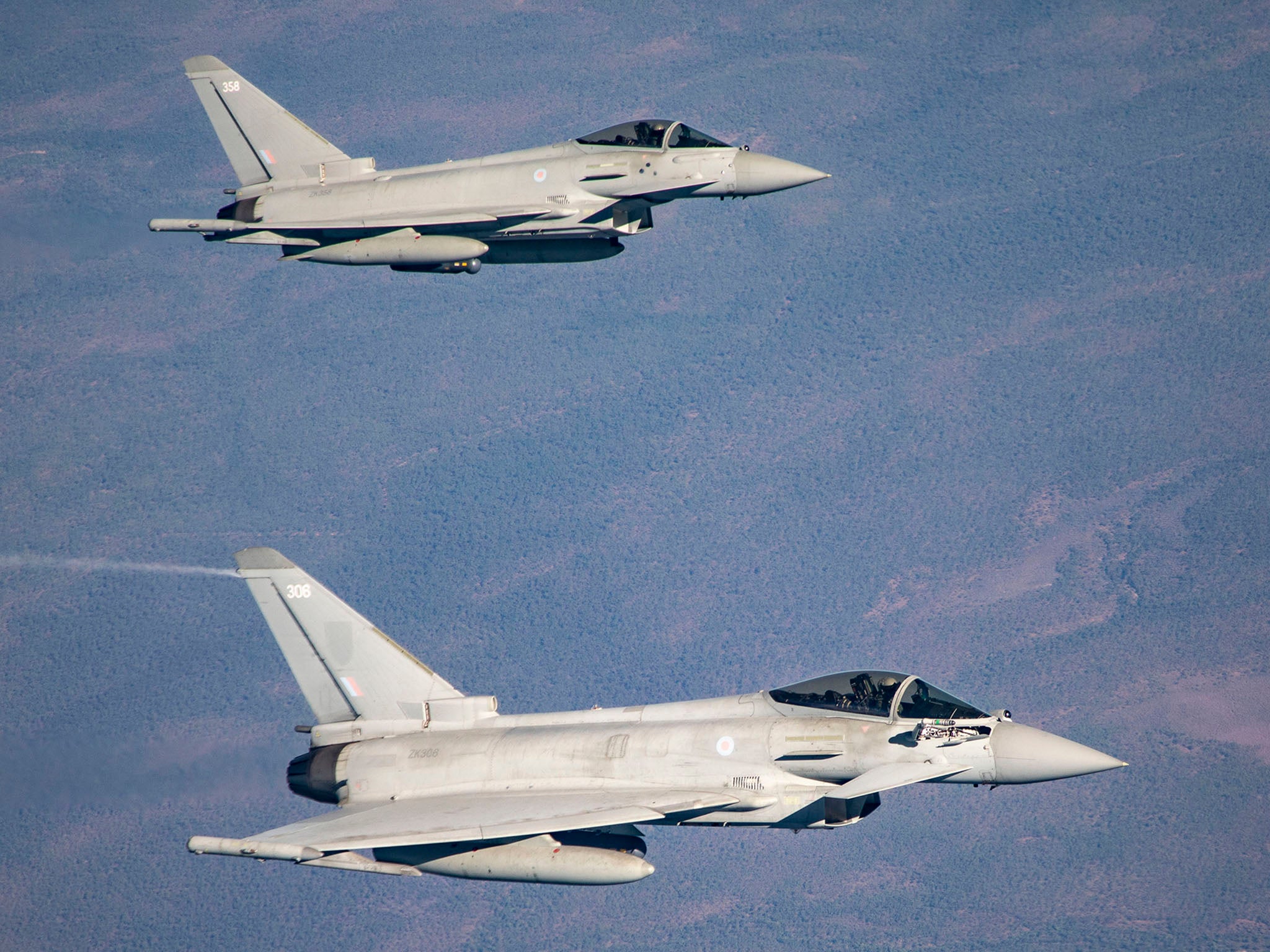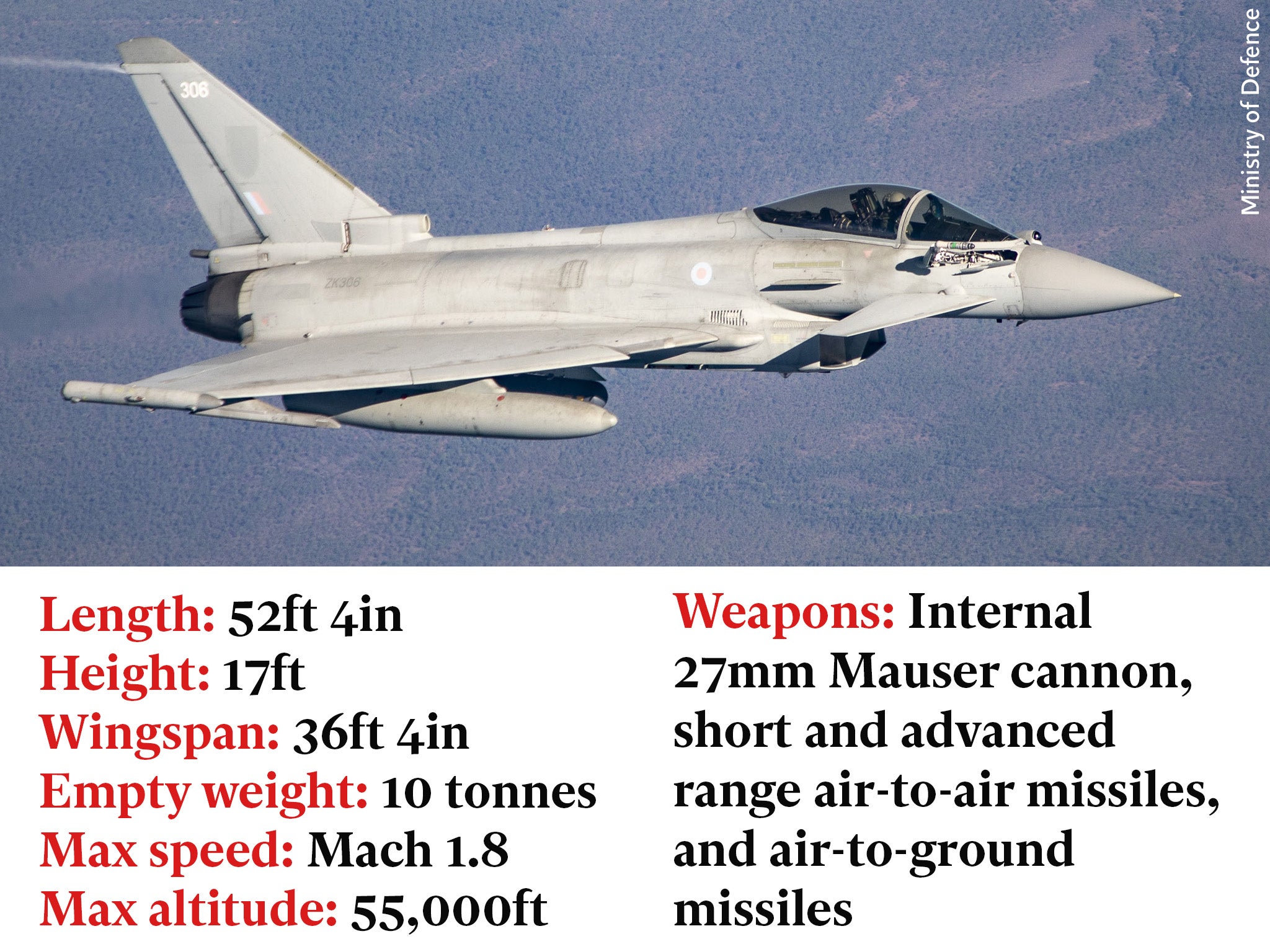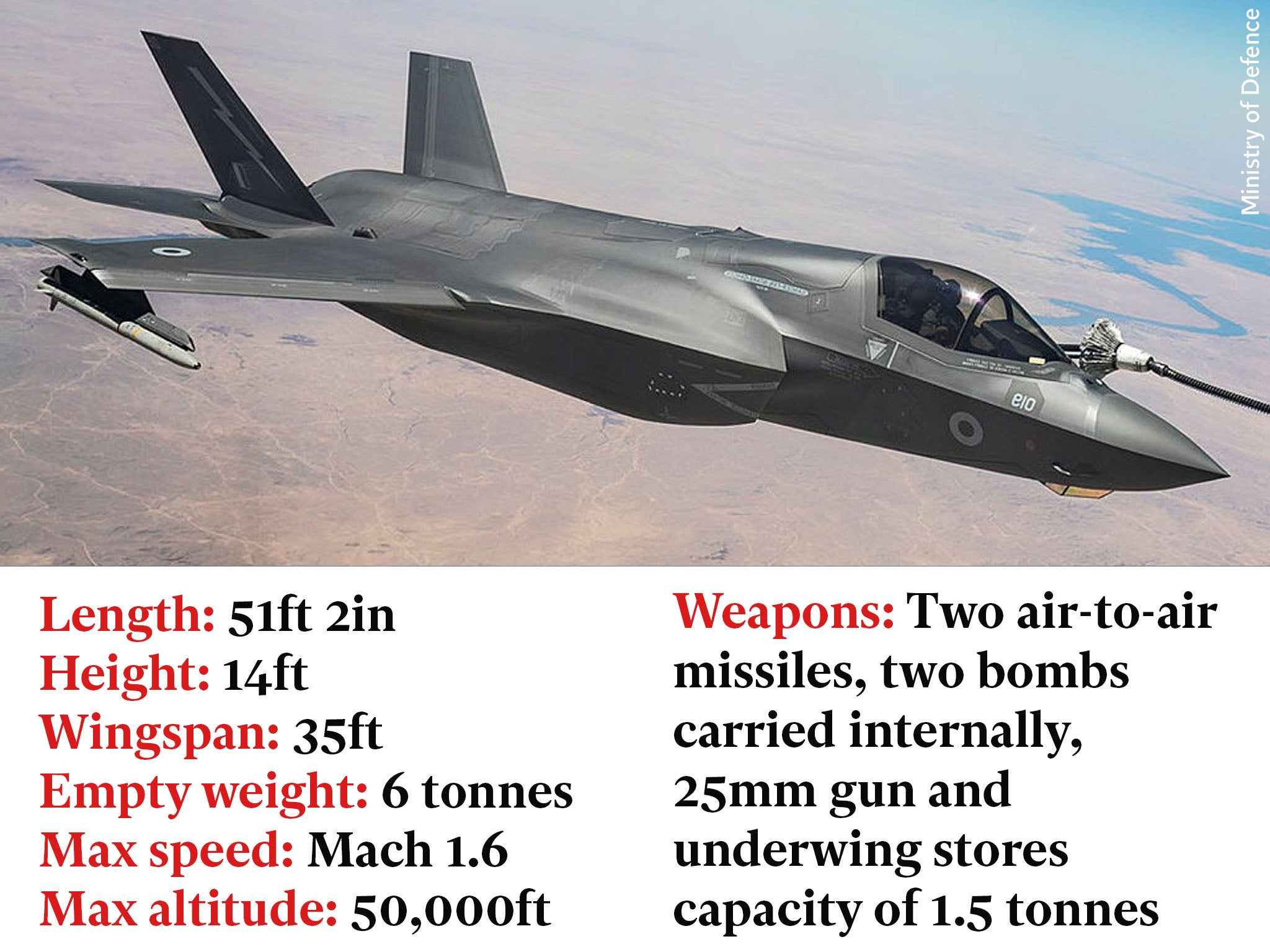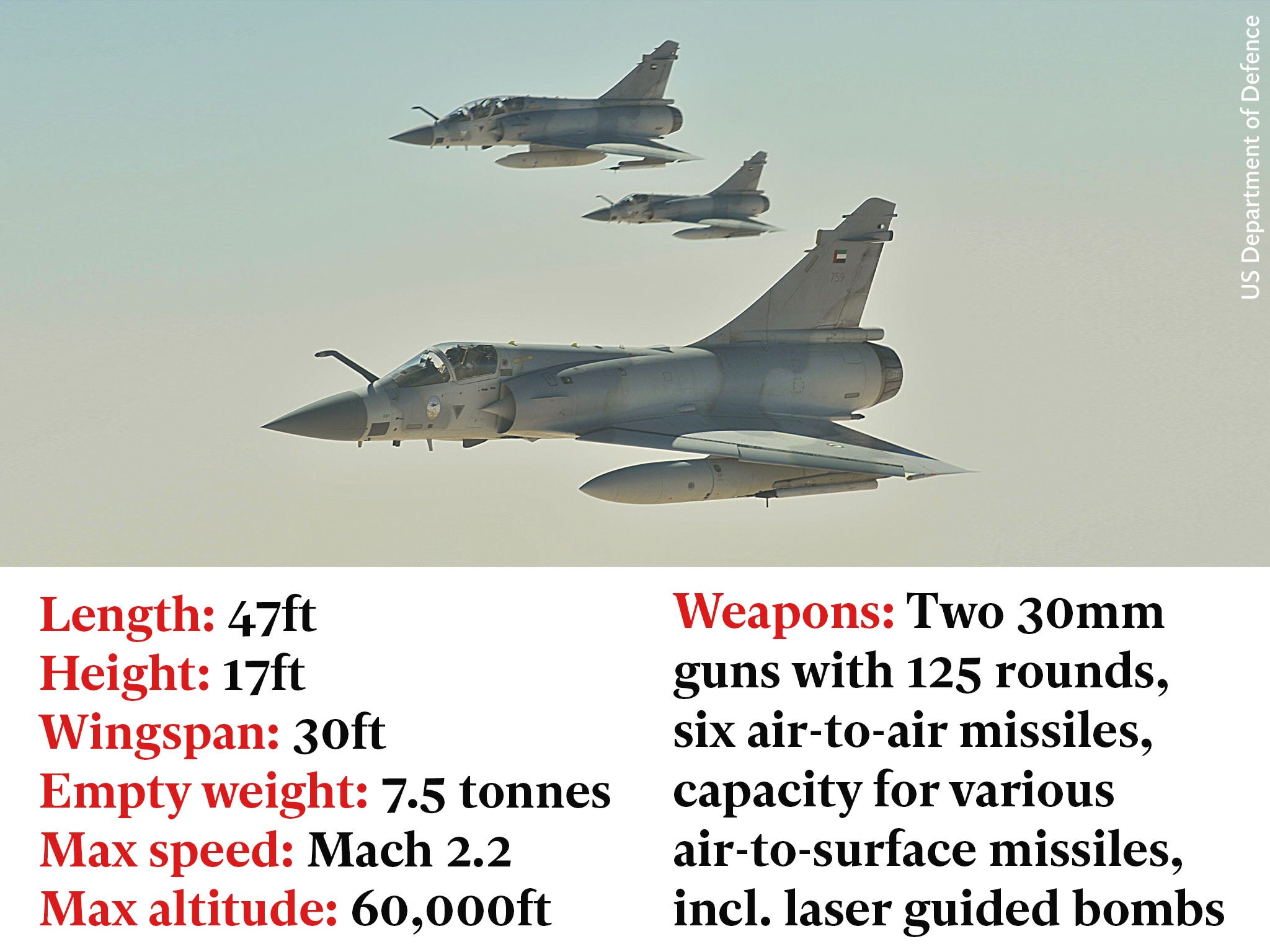‘Powerful English planes’: The fighter jets that could help win the battle for Ukraine’s skies
Kyiv’s push for war planes took a positive turn this week and several models of aircraft could be on the table, as Liam James reports

Your support helps us to tell the story
From reproductive rights to climate change to Big Tech, The Independent is on the ground when the story is developing. Whether it's investigating the financials of Elon Musk's pro-Trump PAC or producing our latest documentary, 'The A Word', which shines a light on the American women fighting for reproductive rights, we know how important it is to parse out the facts from the messaging.
At such a critical moment in US history, we need reporters on the ground. Your donation allows us to keep sending journalists to speak to both sides of the story.
The Independent is trusted by Americans across the entire political spectrum. And unlike many other quality news outlets, we choose not to lock Americans out of our reporting and analysis with paywalls. We believe quality journalism should be available to everyone, paid for by those who can afford it.
Your support makes all the difference.The Ukraine conflict continues to evolve, dragging the limits of Western support along with it.
Last month saw a scramble for tanks, with Nato countries at odds over whether to meet Kyiv’s pleas until a reluctant Germany and the US finally turned to form a united front with Britain, Poland and other allies.
This week, with air superiority the talk of the battlefield, Ukrainian president Volodymyr Zelensky embarked on a trip around Europe to urge his partners into encouraging steps towards the supply of fighter jets.
Britain, which less than a fortnight ago appeared to rule out sending either of its active models of warplane, was the first stop and Prime Minister Rishi Sunak welcomed his counterpart from Kyiv with a pledge to train Ukrainian pilots to fly Nato-compatible aircraft.
After Mr Zelensky thanked the UK “in advance” for sending ”powerful English planes”, he and the prime minister were photographed wearing fighter pilot helmets, in what was widely seen as a nod towards London’s intentions. Mr Sunak also said he had ordered his defence secretary to inquire as to which jets the UK could feasibly supply from its fleets of Typhoons and F-35s.
On Thursday, the Ukrainian president headed to Paris, where he met French president Emmanuel Macron and German president Olaf Scholz. France had earlier signalled a willingness to supply jets, while Germany had rejected Kyiv’s pleas and criticised what he called a “constant competition to outbid each other when it comes to weapons systems”.
After a summit in Brussels with leaders of all 27 European Union countries, Mr Zelensky said he had heard from several of his counterparts that they were willing to supply jets. The Kremlin said any aircraft would “lead to an escalation of tension, prolong the conflict and make it more and more painful for Ukraine” – echoing the warning given after Western tank pledges.
Ukraine expects Russia to launch a new offensive in the coming weeks and fears that it will lose ground in key areas such as the eastern Donbas region where Moscow has focused much of its fighting force after early failures last spring.
Western fighter jets are thought to be vital in helping Ukraine to fend off Russian attacks from the skies and pushing Moscow’s forces into retreat.
Here we take a look at what planes are available and how they could help Ukraine’s defence.
Eurofighter Typhoon

The Eurofighter Typhoon makes up the bulk of the RAF’s aerial fighting force and experts think it is the plane most likely to be sent by Britain. The Typhoon has capabilities for air-to-air combat with the Russian fleets of Su-35s that are in use over Ukraine, and can also hit ground targets with missiles.
The UK has 118 Typhoons in operation, next to 15 F-35Bs. Former prime minister Boris Johnson said “the best single-use” for the Typhoons would be in Ukraine.
Professor Justin Bronk, a senior fellow at the Royal United Services Institute said: “F-35Bs are out of the question in this context for a host of technical, security, political and legal reasons. That leaves the RAF Typhoon force, and in particular, the remaining Tranche 1 jets which are due to be retired around 2025.”
Britain may end up in a similar position as Poland last month, when Warsaw’s desire to send Leopard II tanks could not be fulfilled unilaterally due to a requirement for consent from producer nation Germany.
Downing Street said: “In terms of permissions for the two different types, in order to use a Typhoon in a country other than the UK, you would need permission from the Typhoon consortium. That’s Italy, Spain, Germany and obviously us.”
Typhoons serve several European air fleets, including Germany’s. Though Mr Scholz earlier ruled out sending fighter jets, his turn in the tanks debate suggests his position is not concrete. Mr Zelensky said after his meeting with Mr Scholz that he felt he always had to convince Germany to help Ukraine, though he did not say his plea for planes had been rejected.
Some analysts caution that teaching Ukrainian pilots to fly Western planes could take up to 18 months, though British Air Marshal Greg Bagwell said trained military pilots could learn to command a new jet in as little as four weeks. Non-military pilots could be combat-ready in six months, he said.
F-35B Lightning

The F-35B Lightning could meet many of Ukraine’s needs. Developer Lockheed Martin boasts of “an unmatched ability to evade enemy detection and enter contested airspace,” which works towards Kyiv’s goal of striking Russian ground force and pushing the frontlines back.
However, the newer fighter jet in Britain’s arsenal is thought to be the less likely option for supplying Ukraine. Last week, when Britain leant away from sending planes, a Downing Street spokesperson said the F-35s were “extremely sophisticated and take months to learn how to fly. Given that, we believe it is not practical to send those jets into Ukraine”.
The UK also said it recognises that F-35s would require US approval. President Joe Biden has flatly refused to send US Air Force F-16s to eastern Europe, suggesting any transatlantic discussions about approving UK-based F-35s for Ukrainian deployment could prove difficult. Downing Street said supply chain needs would also need to be considered before a decision can be taken on fighter jets.
No 10 has ruled out sending older models of British aircraft, such as Hawks or Tornados, to Kyiv. However, Ukrainian pilots in Britain are expected to be taught to fly Hawks, a common RAF training plane.
F-16 Fighting Falcon

The US-built F-16 Fighting Falcon has been a mainstay of aerial warfare since its first models were designed in the 1970s. It is one the most popular military fighting aircraft, but despite frequent updates, it has been surpassed in capabilities by the more modern F-35. Producer Lockheed Martin said some 3,000 F-16s were in service across 25 countries.
Washington’s 789 F-16s make up more than half of its aerial fighting force but it has ruled out sending any of them to Ukraine. The Netherlands, which has 60 F-16s, has signalled its openness to send jets. Ukraine has claimed that Poland, its Western neighbour that pushed strongly for tank supplies, was keen to send F-16s.
James R Pritchett, a lecturer in war studies at the University of Hull, said: “As a fighter, the F-16 would be a better match against Russian MiG-29 and Sukhoi Su-27 fighters than Ukraine’s current fleet.”
He said F-16s could “boost Ukraine’s capability to attack ground targets – including Russian air defences, reducing that side of the air-defence stalemate”.
However, he said the fighter jets alone would not be enough to gain air superiority. “To mount a modern air campaign of the style Nato would undertake, and so gain more freedom in the air, Ukraine will also need to support its F-16s with other assets such as tanker aircraft, to expand the F-16’s flying range. This would allow for strikes against enemy ground positions and forces far behind the front line,” he said.
Dassault Mirage 2000

France was an early outlier in the debate over supplying Ukraine with fighter jets. President Emmanuel Macron said on 30 January he was open to such a move, despite having declined to join other allies in sending tanks.
Like Britain, France has two active fighter models in its air force, with one option far more palatable for sending to Ukraine. While the Dassault Rafale has better specs, the Dassault Mirage 2000 is more expendable in the eyes of Paris.
France retired 14 Mirage 2000C jets in June, leaving them open for export without diminishing the capabilities of the French Air and Space Force. Dassault is made in France, so Mr Macron would not need to seek the approval of a foreign government before pledging any jets to Ukraine.
The jets were designed in the late 1970s but have seen several upgrades. Mirage 2000 models have been noted for their air defence strength and laser-guided missile capabilities.
After meeting Mr Macron and Germany’s Olaf Scholz in Paris on Thursday 9 February, Mr Zelensky said some European countries had promised to send jets, though he added the details of the leaders’ summit were secret.




Join our commenting forum
Join thought-provoking conversations, follow other Independent readers and see their replies
Comments